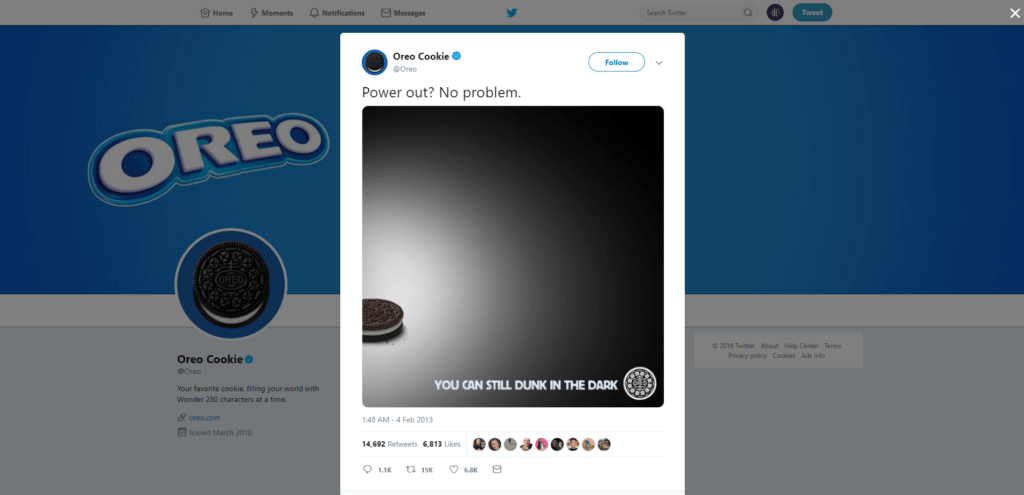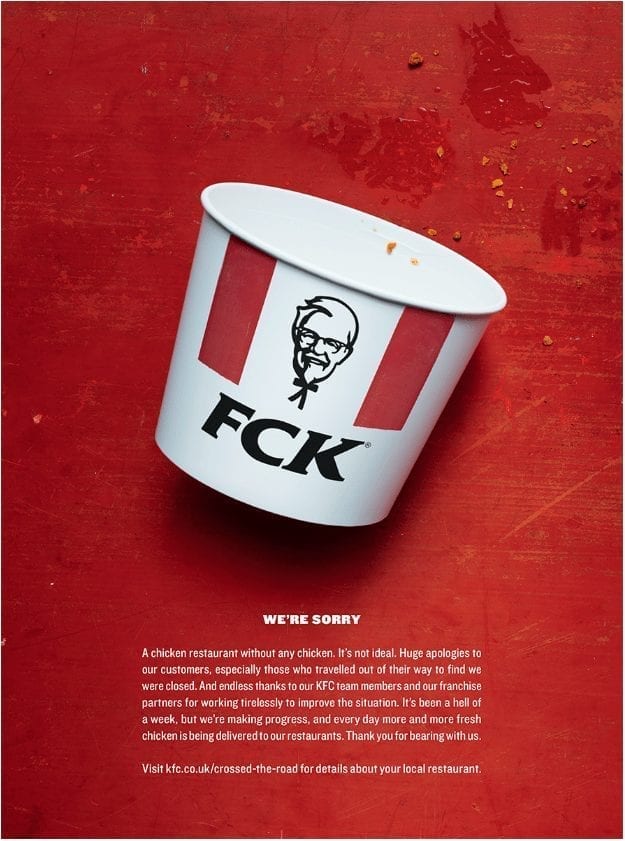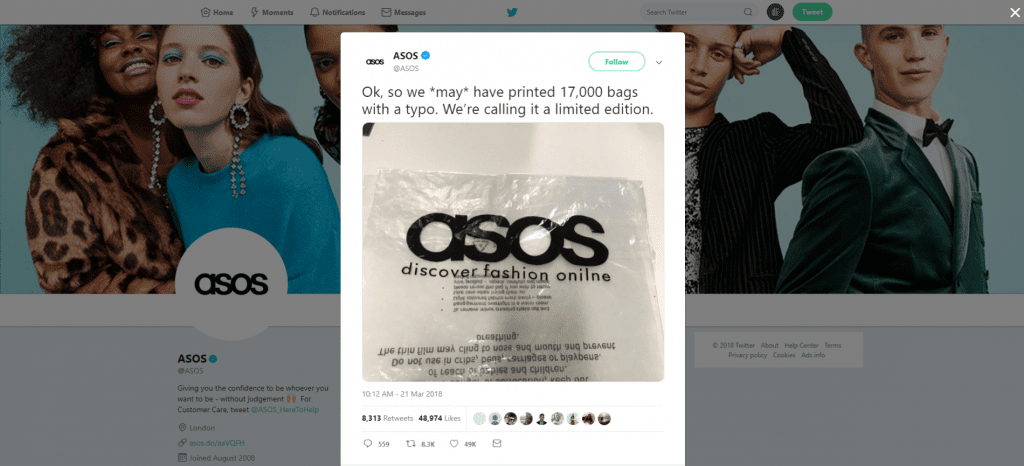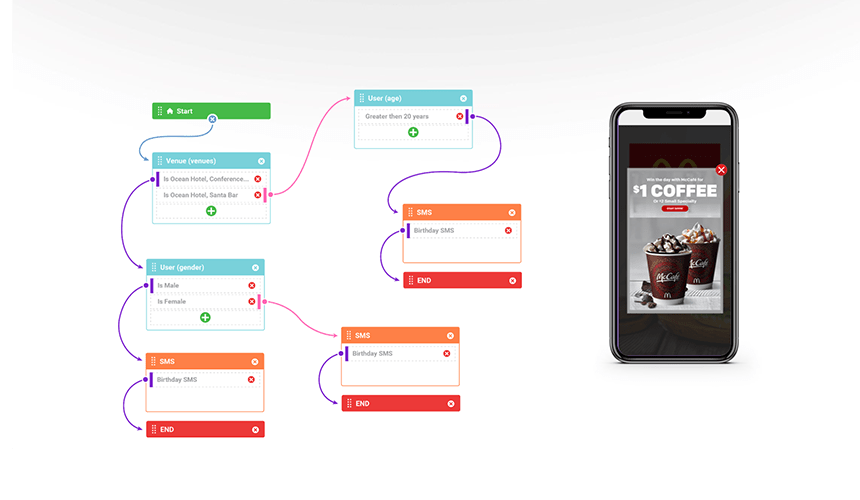Real-time marketing in its simplest form is a great technique used by brands that allows them to create a personality, differentiate themselves from the competition, and improve the overall customer experience.
By introducing a human element to a business it can help build trust, and in a lot of cases, brand loyalty.
Consumers of a brand may sometimes feel as if there is a gap between a business and themselves, so in order to make customers feel important and continue consuming, real-time marketing is required.
Here are some of the best examples from well-recognized brands.
Oreo’s internet cookies
During the 2013 Super Bowl, there was an hour-long blackout which arguably led to the birth of real-time marketing. A widespread power outage halted the game and left millions of TV viewers in the dark.
The biscuit giant was quick to respond. They took to Twitter in an attempt to get a huge amount of free publicity.
And it worked.

The brand gained over 15 thousand retweets in a matter of hours.
Whether this increased sales or not we don’t know. But what we do know is that it sparked a huge amount of social engagement – helping create brand awareness.
KFC’s FCK up
Remember when KFC ran out of chicken earlier this year?
The brand responded perfectly.

By smartly rewording their name, KFC was able to create a bit of humor around their chicken crisis and publicly apologize at the same time.
Changing the name on one of their buckets to “FCK”, KFC created a human element which the public could relate and react to which meant KFC managed to keep their loyal customers when the crisis was over.
ASOS and the typo
By creating content that customers can engage with in real-time, companies can very quickly boost brand recognition.
Some of the more obvious techniques include Twitter polls and customer giveaways but with ASOS, they had an ‘accidental’ win.
The brand spelled ‘online’ incorrectly on thousands of bags, but instead of binning the bags and starting again, they shouted about it.
ASOS wittingly used the spelling mistake to create a buzz, generating more sales as customers wanted to be a part of the trend and get their hands on a “limited edition” bag.

These are undoubtedly some of the best real-time marketing campaigns out there; enabling the brands to generate huge amounts of exposure instantly.
But apart from using social media and print to cause a stir, how else can businesses benefit from real-time marketing?
More importantly, how can businesses use real-time marketing to improve the customer experience, and so, promote loyalty.
Real-time marketing with location, proximity, and geo-fencing
To start, let me give you a quick bit of background.
We offer a cloud solution that integrates with guest WiFi networks. Which, when customers log on, tracks their movement throughout your venue.
This is known as location analytics and allows businesses to monitor footfall, dwell time, entry and exit points, popular customer pathways, the frequency of visits and much more.
What location analytics also allows you to do is create ‘zones’ within your venue. Segmenting your physical space so you can begin to use real-time marketing to enhance the customer experience.
Let’s take a hotel for example.
A customer walks into reception, logs onto the WiFi whilst waiting to check in, and then is instantly sent a welcome email – positively impacting the customer experience.
The email is triggered because the customer has logged on to the WiFi for the first time and is located within the ‘reception zone’.
After checking in, the customer decides to drop off their bags and check out the hotel.
First, they visit the gym, where they are sent an SMS message informing them of the gyms opening times.
Then, they go to check out the restaurant, where they are sent an email offering half-price cocktails at the bar.
This is real-time marketing. Marketing that hits the customer in the right place at the right time.
Studies have shown that 69% of customers interact positively with centralized content that is targeted to them. Specific areas of businesses need to have their own targeted marketing in order to receive the best response from customers i.e. a transaction.
Purple has a number of built-in tools that allow you to set up real-time campaigns based on ‘zones’ set and monitored through the location analytics.
Fancy giving it a go?
Get in touch now for a quick demo or sign up for our free trial.
